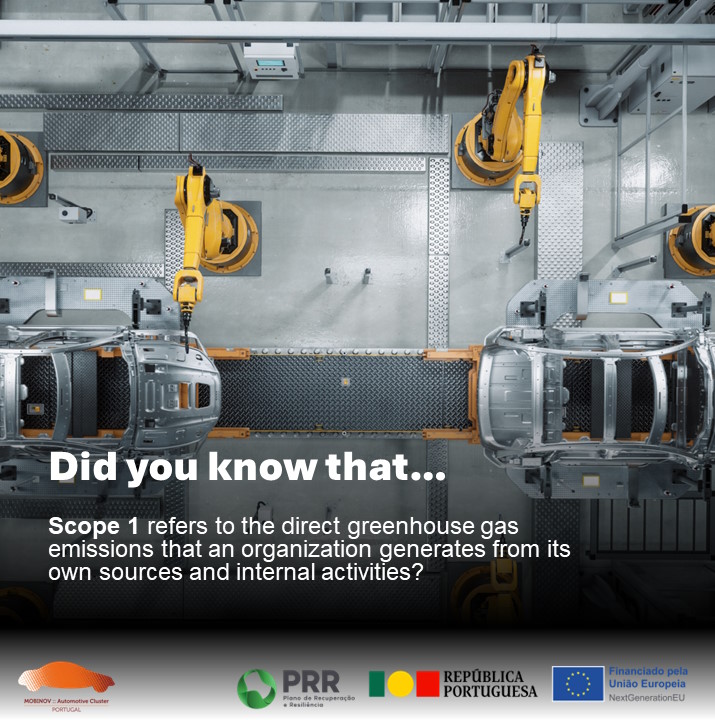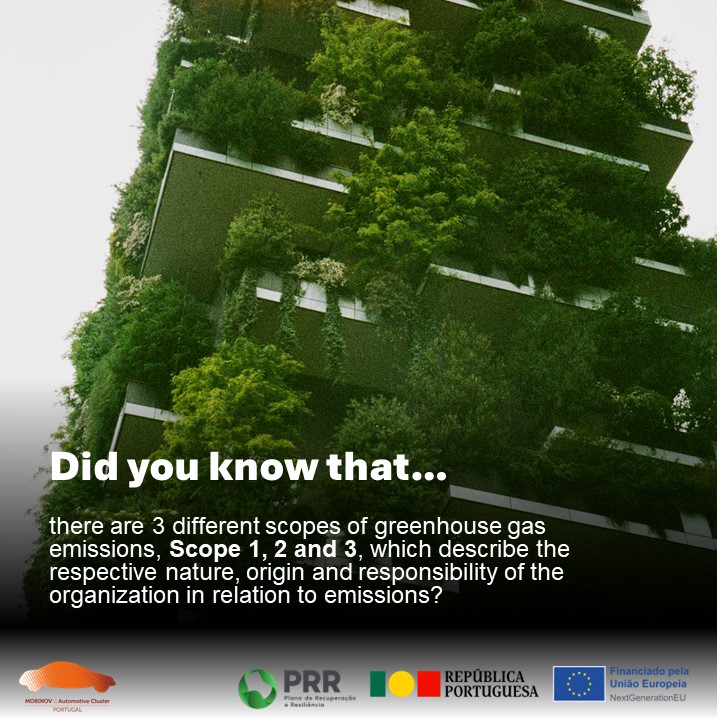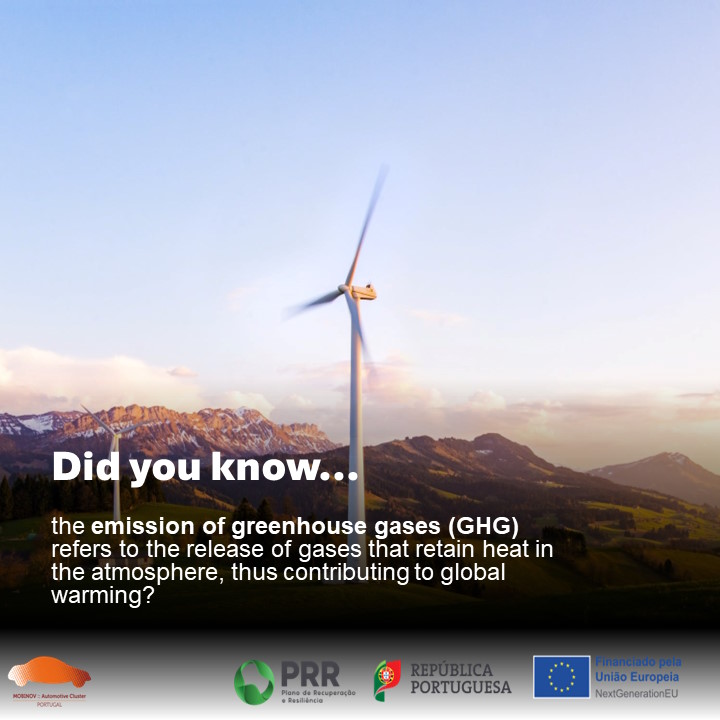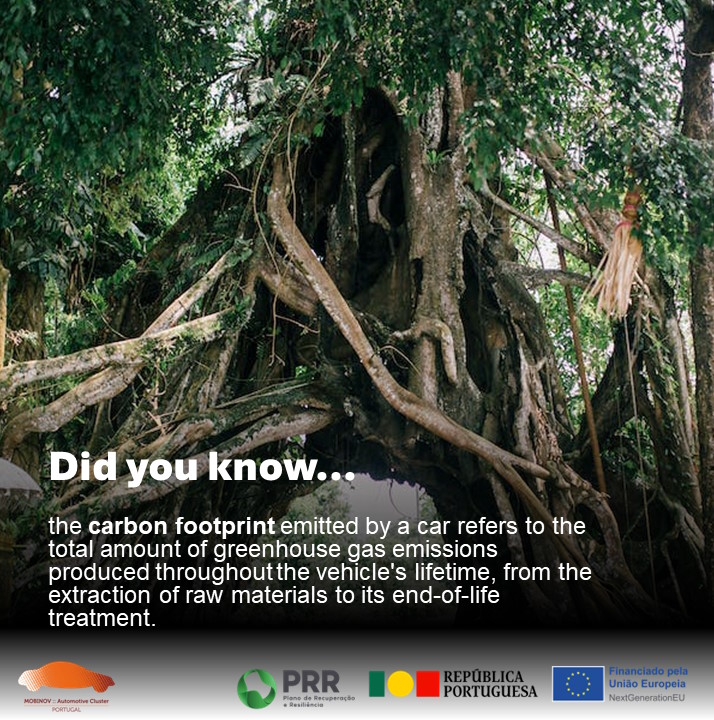
The main sources of Scope 1 emissions in the automotive sector include:
-
- Manufacturing Processes: the production of vehicles and components can generate GHG emissions;
- Factory Operations: resulting from the combustion of fossil fuels in boilers, for example to generate heat, electricity or steam in factory facilities;
- Company Vehicle Fleets: emissions associated with company vehicles used for internal transport, delivery of parts or other purposes related to vehicle manufacture also contribute to this category;
- Fluorinated Gases: any leaks of GHGs associated with the use of refrigerant gases in air conditioning or refrigeration systems on the factory premises also have a relevant weight in this category.
Monitoring and managing Scope 1 emissions in the automotive sector is fundamental to understanding and minimizing the environmental impact of internal operations. The industry can reduce its Scope 1 emissions through sustainable practices, such as improving energy efficiency in facilities, transitioning to cleaner energy sources, reducing the use of fossil fuels in its fleets and adopting less energy-intensive manufacturing technologies. Understanding and reducing Scope 1 emissions is a basic condition for the automotive sector to mitigate its environmental impacts and move towards more sustainable and less carbon-intensive production.
The development of the Decarbonization Roadmap for the National Automotive Sector has the same objectives: to reduce the impact of these industries on the environment by reducing their emissions and, at the same time, to contribute to their greater adaptation and resilience to future climate challenges.

This classification is useful for understanding the origins and impacts of emissions, as well as for developing reduction strategies and climate change mitigation policies.
In this context, Scope 1 refers to the direct greenhouse gas emissions that an organization generates from its internal activities and emissions from its own fleet vehicles. These are the emissions over which the organization has direct control.
Scope 2 emissions, considered indirect, are associated with the production of energy purchased and used by an organization, usually from third parties, such as electricity purchased from the grid.
Finally, Scope 3 emissions are indirect, or induced, emissions associated with an organization’s activities that occur outside of its direct operations, and are therefore directly linked to the activity carried out in the value chain. Scope 3 emissions are usually the most representative and the most difficult for organizations to track and control.
The development of the Decarbonization Roadmap for the National Automotive Sector will take these specificities into account in order to effectively reduce the impact of these industries on the environment and, at the same time, contribute to their greater adaptation and resilience to future climate challenges.
The carbon footprint of a car is calculated taking into account various emission sources, including:
-
- Energy used in the production of the vehicle;
- Materials used in the construction of the vehicle;
- Consumption and type of fuel during use;
- Vehicle maintenance;
- Driving patterns and type of mobility;
- Energy used to treat the vehicle at the end of its life.
In this context, it is important to analyze all the emissions generated by a vehicle in order to assess its environmental impact and define strategies to mitigate these effects. Programs and actions focused on this area are key to combating climate change and promoting the climate transition in the transport sector.
The development of the National Automotive Sector Decarbonization Roadmap has these same objectives: to reduce the impact of these industries on the environment by reducing their emissions and, at the same time, to contribute to their greater adaptation and resilience to future climate challenges.

In this context, human activity is primarily responsible for the emission of these gases, with the transport sector accounting for around 16.2% of total global emissions. Looking specifically at the automotive industry, it can be seen that the main pollutants are:
-
- Carbon dioxide (CO2): CO2 is the main GHG released by motor vehicles and is produced by the combustion of fossil fuels.
- Methane (CH4): methane is emitted by vehicles, especially those using natural gas as fuel. This is a much more active GHG in terms of heat retention, although it is less common than CO2.
- Nitrous oxide (N2O): Nitrous oxide is emitted by the combustion of fossil fuels and also by vehicle activity.
- Hydrofluorocarbons (HFCs) and Perfluorocarbons (PFCs): Although less common compared to CO2, these chemical compounds are used in air-conditioning systems and other automotive components, presenting a high global warming potential.
GHG emissions from the automotive industry contribute significantly to climate change, making them an important focus when defining decarbonization strategies. The transition to more efficient vehicles with a lower carbon footprint is therefore a key aspect if regions and territories are to achieve carbon neutrality.





